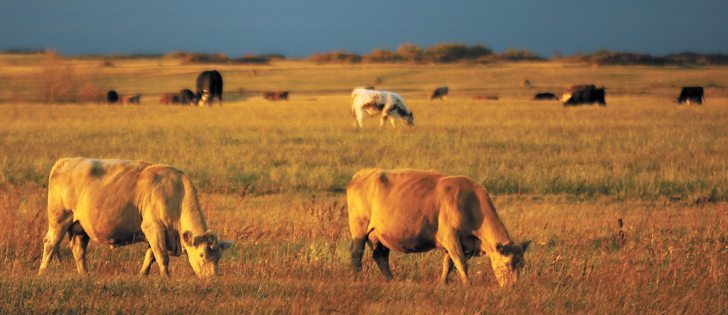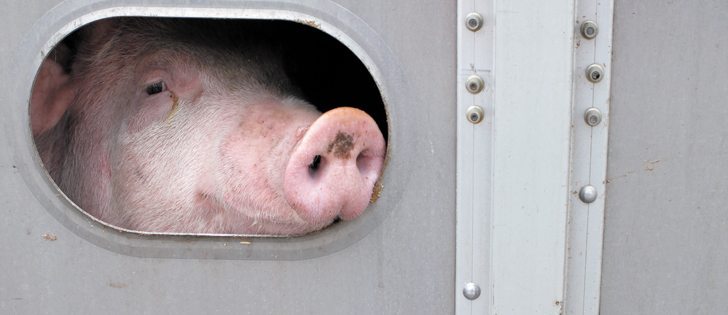Sascha-Kate Marskell believes nitrate poisoning was the reason one of her cows went temporarily crazy and attacked her without provocation several years ago, inflicting injuries that still bother her.
Soil tests from the pasture where that cow and some of the other late calvers were held showed nitrate levels of up to .09 percent, which Marskell said was a dangerous level for cattle.
Several veterinarians asked about the incident say they’re not so sure nitrate poisoning is the culprit. That condition doesn’t usually affect behaviour, and it kills quickly.
Read Also

U.S. government investigates high input costs
The USDA and DOJ are investigating high input costs, but nothing is happening in Canada.
“I don’t know if there’s a behavioral thing,” said Dr. John Campbell, faculty head of large animal sciences at the Western College of Veterinary Medicine in Sask-atoon.
“It kills them so fast that I’m not sure. With acute poisoning, they get increased heart rate and muscle tremors and vomiting … but I don’t know of any behavioral aspect to that.”
He said a condition called bovine bonkers, which is a form of ammonia toxicosis, might be the culprit. It can be associated with cattle that eat ammoniated feed, and although it can also kill cattle quickly, strange behaviour has been noted as a symptom.
If the cow in question wasn’t eating such feed, another reason is more likely.
“When I hear that story, I think it’s much more likely that you’ve got a cow that’s calved that has become different. I don’t think nitrate poisoning is that common.”
Dr. Barry Blakley, a professor and toxicologist at the college, said nitrate poisoning was unlikely to cause such a reaction in a cow.
He suggested other possibilities, including lead poisoning, low-dose urea, rabies or a liver condition.
“Maybe a cow that has just calved has got a little bit of a fatty liver and can’t quite handle the new change in their metabolic status, so maybe it’s a subtle liver problem,” Blakley said.
And he provided one more idea.
“There’s lots of problems with ergot around these days, and one of the symptoms of ergot poisoning at fairly high doses is hallucinations and bizarre neurologic signs. I would put ergot on that list fairly near the top as well.”
Marvin Genno, a large animal veterinarian from Medicine Hat, Alta., said the flaw in Marskell’s nitrate theory is that no other cows had similar symptoms or be-haviour, even though they were presumably eating the same feed in the same area.
He thinks aberrant mothering behaviour is the most likely reason for the cow’s attack.
“At calving time, I sure see it in cows that calve and become really good mothers … boy, you’ve got to watch out for them,” he said.
“I’ve been knocked down by an aggressive cow before, too, and mauled a little bit, and then they go back to the calf. And that’s definitely the typical way that it goes. They just want you away from there. But you do get some of those that are hunters.”
The reason for the cow’s attack on Marskell may never be confirmed, but the bottom line is that cattle are unpredictable, particularly at calving time.
















